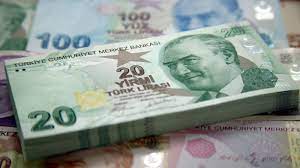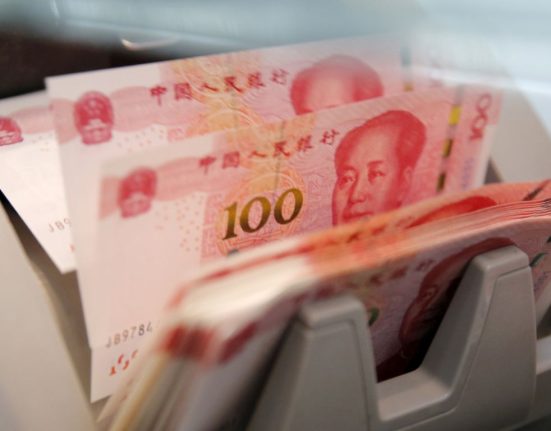Turkish Lira Hits a New All-Time Low
The Turkish lira experienced further depreciation, reaching a record low against the US dollar, with an exchange rate of 26.05 lira to the dollar. This value surpassed the previous week’s all-time low of 25.74 lira. The ongoing struggle of the Turkish currency has raised concerns among investors and economists alike. The weakening of the lira is driven by a combination of domestic and external factors, which we will examine in detail.
Factors Contributing to Lira’s Decline
Several factors have contributed to the significant depreciation of the Turkish lira. Firstly, domestic economic challenges, including high inflation and a widening current account deficit, have put pressure on the currency. Rising inflation erodes the purchasing power of the lira and erodes confidence in the domestic economy. Moreover, the growing current account deficit raises concerns about Turkey’s ability to finance its external obligations, leading to increased uncertainty among investors.
Political Tensions and Market Sentiment
Political tensions and their impact on market sentiment have also played a role in the lira’s decline. The Turkish government’s policies and its relationship with other countries have been a source of concern for investors. Geopolitical conflicts, strained diplomatic relations, and uncertainties surrounding Turkey’s foreign policy have all contributed to a negative perception of the country’s economic stability. As a result, investors have become more cautious, leading to capital outflows and a depreciation of the lira.
Global Economic Factors
Global economic factors have added to the challenges faced by the Turkish lira. The strengthening of the US dollar, as a result of the Federal Reserve’s monetary policy actions, has put pressure on emerging market currencies, including the lira. The divergence in interest rate policies between the United States and Turkey has made the US dollar a more attractive investment option, leading to capital flows away from the lira.
Central Bank Actions and Market Intervention
In response to the currency’s depreciation, the Central Bank of the Republic of Turkey has taken measures to stabilize the lira. The central bank has intervened in the foreign exchange market by selling foreign currency reserves to support the lira’s value. Additionally, interest rate hikes have been implemented to attract foreign investors and increase the returns on lira-denominated assets. These actions aim to restore confidence in the currency and mitigate further depreciation.
Market Reaction and Short-Term Stabilization
The market reaction to the central bank’s interventions has been mixed. Initially, the lira continued to weaken, reaching a low of 26.05 against the US dollar. However, following the central bank’s actions, the lira experienced a slight recovery, with the exchange rate stabilizing at 25.84 lira to the dollar by 0945 GMT. This temporary stabilization provides some relief but does not guarantee a sustained upward trend for the lira.
Implications for the Turkish Economy
The continued depreciation of the Turkish lira has significant implications for the country’s economy. Import-dependent sectors, such as energy and manufacturing, are particularly vulnerable to currency devaluation, as it increases the cost of imported goods and raw materials. This could lead to higher inflationary pressures and reduced purchasing power for Turkish consumers. Furthermore, businesses with foreign currency debt face higher repayment burdens, potentially impacting their financial stability.
Outlook and Conclusion
The outlook for the Turkish lira remains uncertain. While the recent market stabilization offers temporary respite, the underlying challenges persist. The Turkish government’s commitment to implementing necessary economic reforms, addressing structural issues, and maintaining a stable political environment will be crucial in restoring confidence in the lira. Additionally, global economic conditions, including the US Federal Reserve’s monetary policy decisions, will continue to influence the lira’s trajectory.
In conclusion, the Turkish lira has reached a new all-time low against the US dollar, raising concerns among investors and economists. A combination of domestic economic challenges, political tensions, and global factors have contributed to the currency’s decline. The Central Bank of the Republic of Turkey has taken measures to stabilize the lira, resulting in a temporary recovery. However, the long-term outlook for the currency remains uncertain, highlighting the need for structural reforms and a stable political environment to restore confidence and stability in the Turkish economy.










